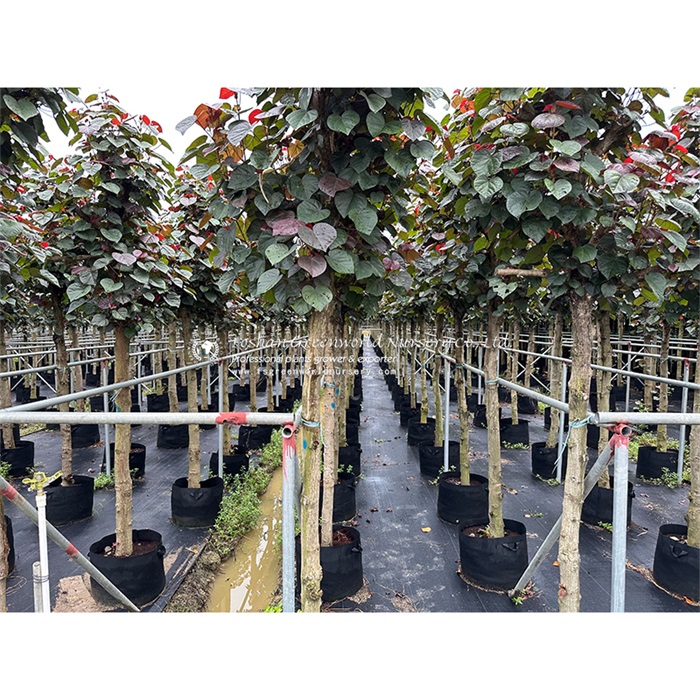
Rhapis, also known as Lady Palm, is a genus of small palms that are native to Southern China and Taiwan. The plant is characterized by its multiple slender stems and fan-shaped leaves, which give it a unique and distinctive appearance. In addition to its aesthetic appeal, Rhapis is also prized for its durability and resistance to pests and diseases, making it an ideal choice for outdoor landscaping.
One of the key reasons for the popularity of Rhapis is its ability to thrive in a wide range of environmental conditions. This plant is well-suited to both indoor and outdoor spaces, and can tolerate low light, low humidity, and poor air quality. This makes it an excellent choice for use in urban environments, where air pollution and limited sunlight can be a challenge for many other plant species.
In addition to its adaptability, Rhapis is also known for its low maintenance requirements. This plant is relatively easy to care for, requiring only occasional watering and minimal pruning. As a result, it is a popular choice for homeowners and landscape designers looking to create low-maintenance outdoor spaces that still exude natural beauty.
Rhapis is also highly versatile in terms of its use in landscaping design. Its compact size and elegant appearance make it an ideal choice for use in containers, making it a popular choice for balconies, patios, and courtyard gardens. It can also be used as a focal point in larger outdoor spaces, where its graceful fronds can add structure and visual interest to the landscape. Additionally, Rhapis can be used to create privacy screens or borders, providing a lush and green backdrop for outdoor living areas.
The use of Rhapis is not limited to outdoor spaces, however. This versatile plant is also a popular choice for indoor landscaping, where its ability to thrive in low light and tolerate dry air conditions makes it an ideal choice for use in offices, lobbies, and other interior spaces. Its graceful foliage adds a touch of natural elegance to indoor environments, helping to create a calming and inviting atmosphere.
Incorporating Rhapis into landscaping designs also allows for the creation of lush, tropical-inspired outdoor spaces. This plant can be used alongside other tropical species such as Lagerstroemia Indica, Delonix Regia, Hibiscus, Tiliaceus Rubra, Pongamia Pinnata, Albizia Saman, Millingtonia Hortensis, Ficus Nitida, and Peltophorum to create a vibrant and colorful outdoor oasis. Its compact size and ability to thrive in a variety of environments make it an ideal choice for use in creating tropical-themed gardens and landscapes.
Overall, the use of Rhapis in landscaping has become increasingly popular due to its adaptability, low maintenance requirements, and versatility in enhancing a wide range of outdoor and indoor spaces. As the demand for low-maintenance and visually appealing landscaping options continues to grow, Rhapis is poised to remain a key player in the world of landscaping for years to come. Whether used as a focal point in a larger garden, or as a potted plant on a balcony, this elegant and resilient plant has firmly established itself as a favorite among homeowners and landscape designers alike.
